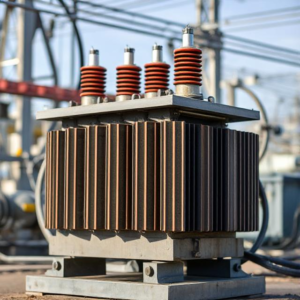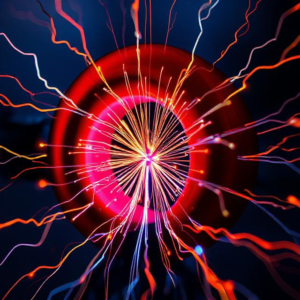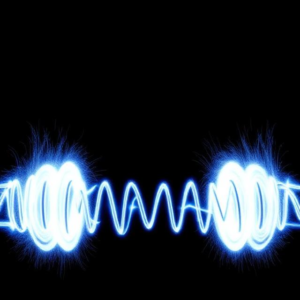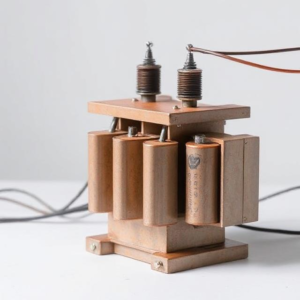Faraday’s Law:
Faraday’s Law explains how electricity is generated by changing magnetic fields.
When a magnetic field around a conductor (like a wire) changes, it creates (or induces) an electric current in the conductor. If you move a magnet near a coil of wire, or if you change the strength of the magnetic field around the wire, you can make electricity flow through the wire. Faraday’s Law tells us that this will induce an electric current in the wire.
- For example, when you move a magnet in and out of a coil of wire, it causes electric charges in the wire to move, creating an electric current.
- The faster you change the magnetic field, the stronger the electric current will be.

Lenz’s Law:
Lenz’s Law is a rule that tells us the direction of the induced current that Faraday’s Law creates.
The induced current (the electricity created by a changing magnetic field) always flows in a direction that opposes the change in the magnetic field that created. If a magnet is moving toward a coil, the electricity in the coil will create a magnetic field that tries to push the magnet away. If the magnet is moving away from the coil, the current will try to pull the magnet back. Lenz’s Law says that the current in the coil will create a magnetic field that opposes the motion of the magnet. If the magnet is coming closer, the coil will try to push the magnet away.
- This “opposing” behavior happens because nature tries to resist changes. If a magnetic field is increasing in a certain direction, the induced current will try to create a magnetic field that reduces the change.
Working :
- Faraday’s Law explains that a changing magnetic field can create electricity.
- Lenz’s Law tells us that the induced electricity will always push against the change in the magnetic field (to resist it).











